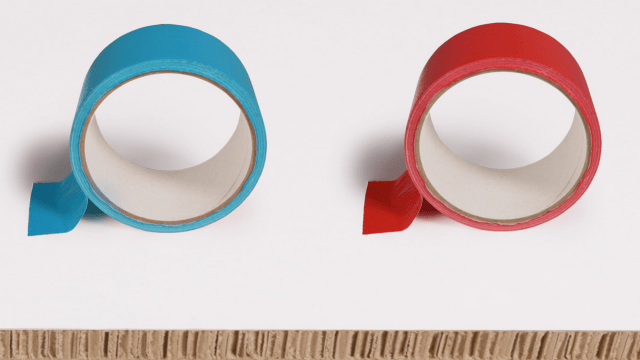Putting Scientists on Pedestals May Discourage Students From STEM Fields

Scientist are sometimes painted as larger-than-life figures in our history. These heroic depictions of their triumphs to advance humanity and change the world are meant to inspire us, but Alexandra Ossola of The Atlantic argues that it may intimidate and discourage kids from pursuing an education in science.
Take Marie Curie as an example. She was the first woman to win the Nobel Prize, she discovered two new elements, and she was considered a pioneer for her research in radioactivity. She seems like a fierce woman to say the least, driven by her passions for the sciences and ability to be a mother at the same time. Curie is held up as an example for women, showing that females can succeed in this male-dominated field and achieve a personal life.
Julie Des Jardins, author of The Madame Curie Complex: The Hidden History of Women in Science, says that Curie visited the U.S. in 1921, but rather than encouraging women to get into the sciences her reputation had proceeded her. She was know to American women as a great scientist who had managed to work and be a mother. Des Jardins said:
“… women in U.S. thought, ‘Oh god we could never pull off that perfection.’”
But that’s because few people knew about the challenges she faced under the times—even today. When learning about the history of science she’s painted almost as a woman who made the ultimate sacrifice in the name of scientific research. (Never-mind that the dangers of ionizing radiation were not known at the time.)
What’s not taught is the constant criticism she faced in the media. In the early 1900s, the French press wrote about her “controversial” personal life. She was living with a married, but separated physicist named Paul Langevin. Ossola writes that the media called her a “seductive Jew” (even though she wasn’t Jewish), whereas Albert Einstein never fell under fire for having six mistresses throughout his career.
Rather than telling a complete story about the struggles Curie faced along with her achievements, educators paint her as a larger-than-life figure as a means to encourage women to enter STEM fields, such as science, technology, engineering and math. Marie Curie is supposed to inspire, but instead may intimidate some women from entering the field.
Roger Highfield, an Einstein biographer, agrees with Des Jardins’ observations, stating:
“When it comes to inspiring the public, it can be a choice between telling a heroic scientific tale or saying something that will fail to ignite much interest.”
Perhaps educators need to strike a balance, telling the struggles with the successes of collaborative study. Teachers can still engage their students with exiting personalities from science, just make sure they’re real, and not over-inflated.
Read more at The Atlantic
Photo Credit: NASA Goddard Space Flight Center/ Flickr





